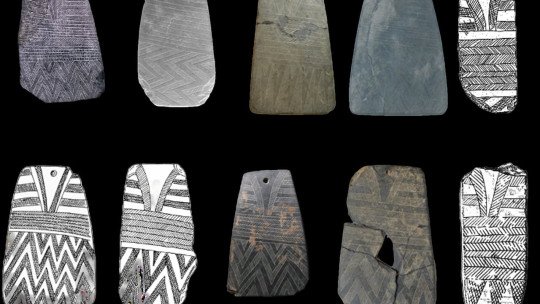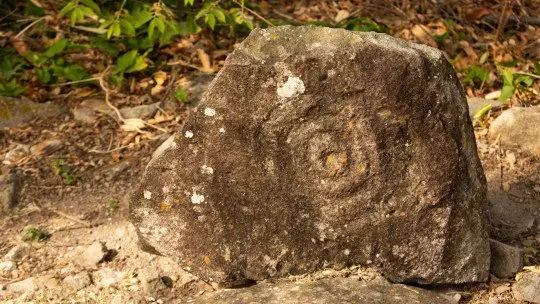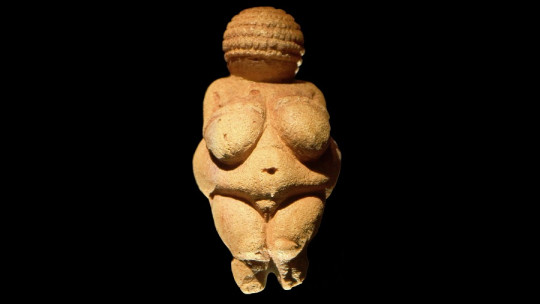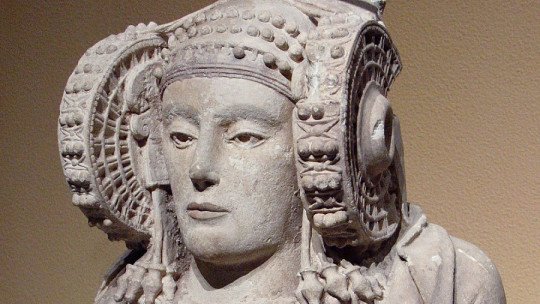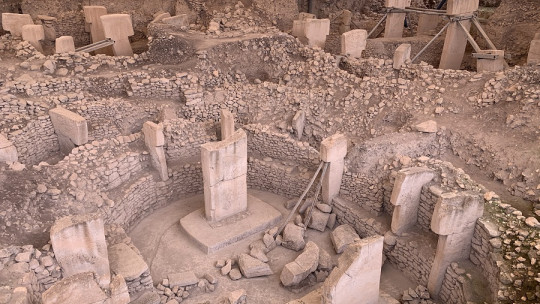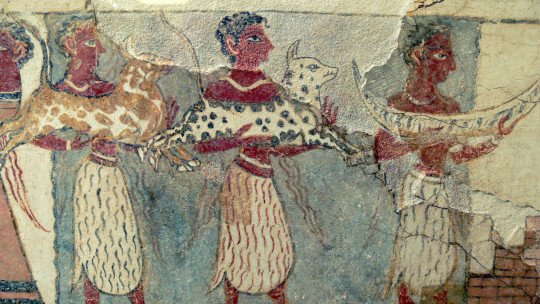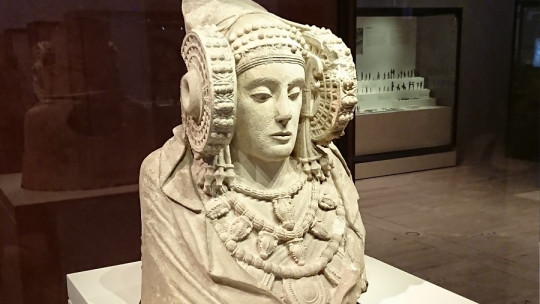At the beginning of the 20th century, some enigmatic slate plates were discovered in the southwest of the Iberian Peninsula that presented various geometric, anthropomorphic and zoomorphic motifs. The successive studies specified its execution between 3,500 and 2,750 BC, that is, in the transition period between the Neolithic and the first Copper Age..
The meaning of these motifs has caused rivers of ink to flow among researchers ever since. Are they symbols? Are they religious amulets? Or perhaps these are, as archaeologist Marija Gimbutas (1921–1994) stated, representations of the Mediterranean Mother Goddess?
Recently, the possibility has been considered that these Neolithic plaques are one of the first forms of writing in Europe. In this article we talk about the prehistoric Iberian plates known in Spain as “plate-idols”.
Iberian plates: one of the first forms of writing in Europe?
The Iberian slate plates occupy the entire southwestern quadrant of the Iberian Peninsula. They are distributed between the Portuguese area of Alentejo and some areas of Andalusia, such as Granada.. However, the largest number of finds has occurred in Portugal, especially east of the province of Évora.
The plates have been found mostly in burials; specifically, next to or on the chest of the skeleton. All the pieces have holes in the upper part that suggest having been hung from the neck with a rope, as a pendant. The typology of these burials ranges from megaliths and tholoi (characteristic of the Neolithic) to caves and rock shelters.
The large size of the plates (15 x 5/10 cm) is significant, which makes the theory that they are amulets for the deceased doubtful; rather they seem like supports to transmit information. What is the meaning of these plaques with a clear funerary link? Could it be a primitive writing system?
enigmatic signs
The research team led by Katina T. Lillios, from the University of Iowa, has studied Iberian slate plates in depth and has presented a theory with which not all researchers agree.
According to their conclusions, the plates would be a codification of genealogical information; that is to say, would mark the lineage to which the deceased belongs and the generations that separate him from the founding member, information that would be reflected in the number of records. Thus, the greater the number of records, the more generations separate the deceased from the founding ancestor of the lineage.
The epicenter of the lineages in question would be the current province of Évora, in Portugal, where the oldest plates have been found. From there, and according to Lillios’ theory, the tradition of the plaques would have spread eastwards, to other areas of Portugal and to present-day Andalusia.
Plate typology
Lillios has carefully observed the typology of the different plates and has classified them into 8 variants:
1. Classic typology
This is the most numerous and persistent variant over time. The plates have two areas separated by horizontal bands; The upper area is decorated with vertical bands and the lower area with triangles, spikes, zigzags, chevrons and checkered patterns.
In this typology, Lillios sees evidence that supports the theory of genealogical registration, since in some plaques there is an attempt to compress the motifs to insert all of them, something that would not occur if they were simple aesthetic motifs. One of the best examples of classical typology plaques is found in the Dolmen das Conchadas (Lisbon).
2. Transitional typology
So called because the transition between the two areas is not clear. The motifs are, again, triangles, chevrons and zigzags.
3. Typology of hoe
This is a rare typology, with few examples and only showing triangle motifs.
4. Unipartite typology
As its name indicates, these plates present the motifs throughout their space, without any other element that acts as a transition.
5. Typology of carpets
So called because their decoration evokes textile motifs. Another peculiarity, quite exceptional, is that they are made of pink sandstone.
6. Cable-stayed typology
They present triangle and strap motifs, and have the peculiarity of having two perforations in the upper part.
7. Simple bimorphic typology
This typology is the one that has most fueled the idea that the plaques represent the Mediterranean Mother Goddess, since anthropomorphic motifs such as eyes, noses and appendages can be seen.
8. Whiskered bimorphic typology
These plates are very similar to those of the simple bimorphic typology, but they present greater variety in their motifs: inverted triangles, chevrons and tassels. This is a very rare typology.
Differentiate the elite
Katina T. Lillios’ theory seems to be corroborated if we consider that not all buried skeletons are accompanied by plaques; This would show an evident differentiation of the elite, who would have themselves buried with these records that would identify their lineage.
The idea is reinforced by the fact that, during the Neolithic, tombs were open and therefore people could enter and interpret the signs. In this way, it was known who the buried person was, as well as their social status. If this theory is true, the motifs engraved on the plates would, in fact, be an archaic manifestation of writing..
Why would these elites need to record their genealogy? One of the theories of the University of Iowa research team points out that, in the Portuguese Alentejo region (where, remember, the majority of plaques have been found) there existed in the Neolithic extremely valuable natural resources that would give rise to fierce competition for the control of them. Thus, leaving a record of origin was a way of legitimizing power over the territory.
Conclusions
By way of conclusion, we can say that the theory of writing seems quite consistent if we take into account the studies that Lillios’ team has carried out on the prehistoric plates of the Iberian Peninsula. On the one hand, we have to:
Thus, and although not the entire scientific community agrees, we may be faced with one of the first forms of writing in Europe. However, there is still a lot of research needed to draw definitive conclusions.

